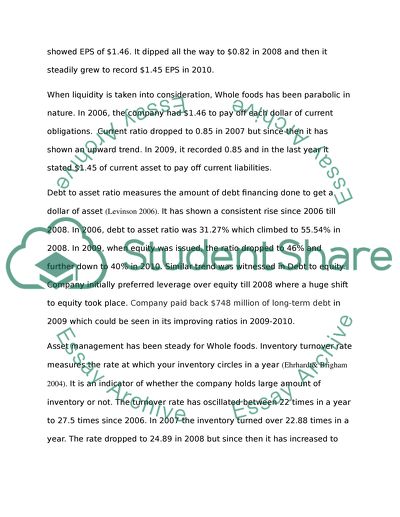Cite this document
(“Whole Foods Financial Recommendation Research Paper”, n.d.)
Retrieved from https://studentshare.org/finance-accounting/1430557-whole-foods-financial-recommendation
Retrieved from https://studentshare.org/finance-accounting/1430557-whole-foods-financial-recommendation
(Whole Foods Financial Recommendation Research Paper)
https://studentshare.org/finance-accounting/1430557-whole-foods-financial-recommendation.
https://studentshare.org/finance-accounting/1430557-whole-foods-financial-recommendation.
“Whole Foods Financial Recommendation Research Paper”, n.d. https://studentshare.org/finance-accounting/1430557-whole-foods-financial-recommendation.


